Air Cargo Security Screening Size
Air Cargo Security Screening Market Growth Projections and Opportunities
The air cargo security screening market is influenced by various market factors that shape its dynamics and growth trajectory. One significant factor is the increasing global trade and commerce, which drives the demand for air cargo transportation. As businesses expand their operations internationally, there is a growing need to ensure the security of transported goods, leading to higher demand for advanced screening technologies and services. Additionally, the rise of e-commerce has further propelled the demand for air cargo services, as online retailers seek faster and more efficient delivery options to meet customer expectations.
Another market factor influencing the air cargo security screening market is the evolving regulatory landscape. Governments around the world are implementing stricter security measures to mitigate potential threats to aviation and enhance overall safety. These regulations often mandate the use of advanced screening technologies and require adherence to specific security standards, driving investment in new screening solutions by both governments and private sector stakeholders.
Furthermore, the continuous advancements in technology play a crucial role in shaping the air cargo security screening market. Innovations in screening technologies, such as advanced X-ray systems, explosive trace detection (ETD) equipment, and automated screening algorithms, enable more effective and efficient screening processes. These technological advancements not only enhance security levels but also contribute to streamlining operations and reducing screening times, thereby improving overall efficiency and cost-effectiveness for cargo handlers and airlines.
The threat landscape also significantly impacts the air cargo security screening market. With the persistent risk of terrorism and other security threats, there is a constant need to stay ahead of emerging risks and vulnerabilities. As threat actors continue to innovate and adapt their tactics, the demand for advanced screening solutions capable of detecting a wide range of threats becomes increasingly critical. This dynamic threat environment drives ongoing innovation and investment in next-generation screening technologies to ensure the highest levels of security for air cargo shipments.
Moreover, economic factors play a significant role in shaping the air cargo security screening market. Fluctuations in global economic conditions, such as changes in GDP growth, consumer spending patterns, and trade policies, can impact the demand for air cargo services and, consequently, the need for security screening solutions. Economic downturns may lead to reduced cargo volumes and tighter budgets for security investments, while periods of economic growth and increased trade activity may drive higher demand for air cargo transportation and security services.
Additionally, the competitive landscape and industry dynamics influence market trends and developments in the air cargo security screening sector. With a growing number of players entering the market, competition intensifies, prompting companies to innovate and differentiate their offerings to gain a competitive edge. Market consolidation, partnerships, and strategic collaborations also shape the competitive landscape, as companies seek to expand their market presence and enhance their capabilities through synergies and shared expertise.
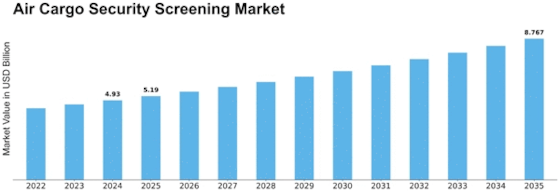


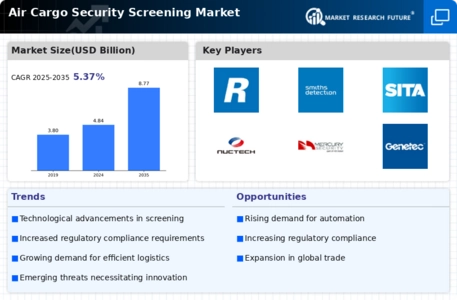
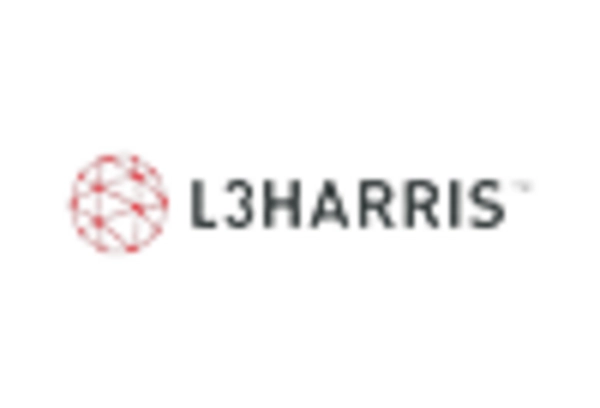
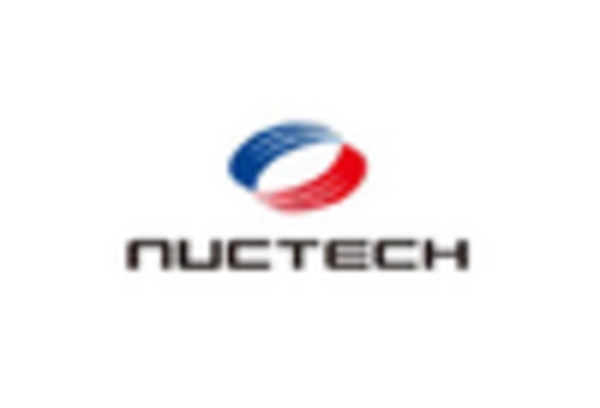
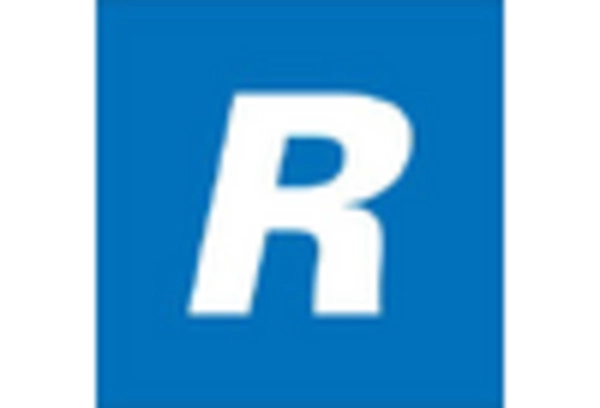
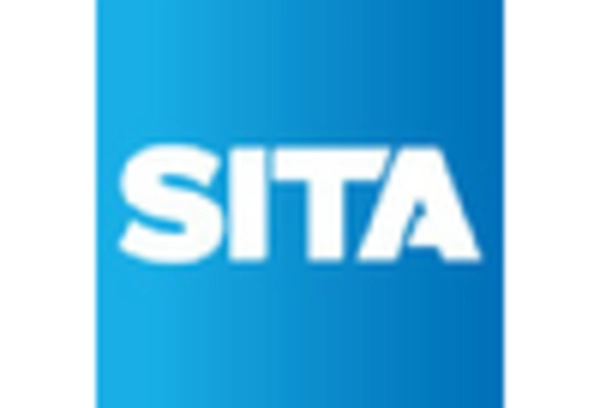
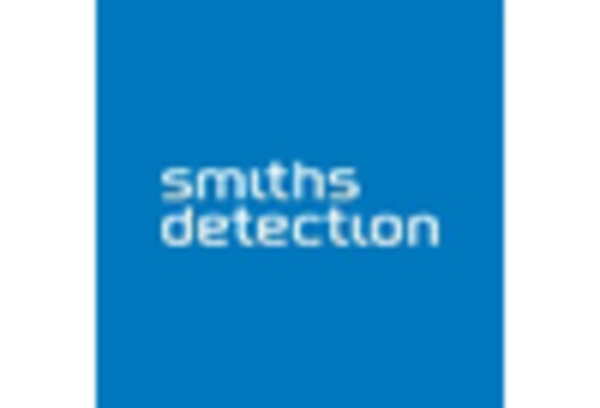
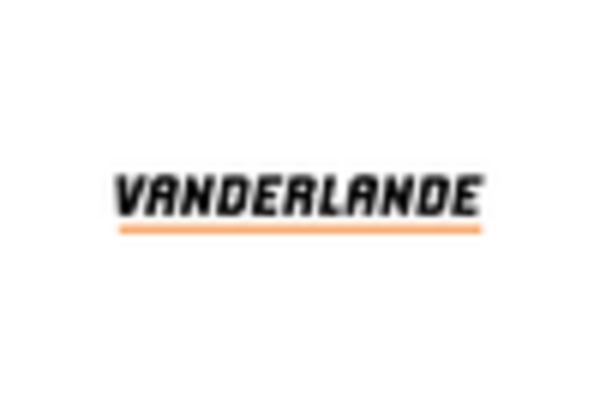









Leave a Comment